A committee on the review of fisheries management in the Faroe Islands recently submitted a report. By its nature, it deals with more than just fisheries management alone, and the report examines the diversity of the fisheries sector, the goals and potential benefits of fishing, processing, distribution and sale of seafood through innovation and traceability. The committee looks beyond the 18 islands and compares the arrangements and developments in the fisheries sector in Norway and Iceland with the Faroese fisheries sector.
The committee took into account, among other things, co-operation which has aimed to bring all catches from three sea areas ashore under the heading "All in land". Special attention is paid to research and development in the fisheries sector, and in this connection special attention is paid to the Icelandic fisheries sector and the co-operation that Matís has led in close co-operation with Icelandic companies in the fisheries sector and companies that serve fisheries companies. The Committee considers that research and development in the interests of food production needs to be prioritized. The committee also proposes to examine whether a food research unit similar to Matís in the Faroe Islands should be established.
It is pointed out that technological innovation has been a prerequisite for increasing value throughout the value chain of marine products, and Icelanders are said to have been particularly diligent in developing new technology. In the context of innovation, it is mentioned that Matís and examples such as better and faster cooling, better bleeding and washing, new cooling technology, shorter endurance and towing time and fisheries management with regard to market requirements are mentioned.
In the final words of the report, Matís says that the Faroe Islands can be an inspiration in research for the benefit of food production, as research and development can have a decisive effect on making the processing of an increased part of the catch on land possible.
Matís-ingar, but in such a way Matís employees often refer to themselves, are really happy with our cousins in the Faroe Islands and compliments from this direction encourage us even more.
Summary of the Association of Companies in the Fisheries Sector (SFS) on fisheries management in the Faroe Islands.
From the Faroese report, the report can be found in its entirety here.
10.4.1 The project "All in land"
The project focused on demersal fisheries in three islands: the Faroe Islands, the Greenland Sea and the Barents Sea, and work was done immediately in four countries: Norway, Greenland, Iceland and the Faroe Islands. Other partners in the project were the companies Nofima in Norway and Matís in Iceland and Nátturugranskingarstovan in Greenland. Av tí at frágreiðingin varð lidug í juni í ár, so fer umrøðan av hesum evninum at vera nogg grundað á greiningarnar og vörstøðurna frá verkætlanini.
10.5.1 Comparisons between Norway and Iceland
Technological innovation is one of the decisive factors in increasing value. Her hava íslendingar vera serstakliga dugnaligir at menna nýggja tøkni í øllum liðum. One of the most important players in this culture is the food review agency, Matís (www.matis.is). Better and faster cooling, better soaking and washing, new icing technology, shortened touring length and towing time and the organization of the fishing fleet after ten, some markets want, are examples of technological innovation and better boarding of fishing vessels.
10.6 Investigation and culture
Some people have said that the Icelandic fishing industry has had enough in the last year. One of the most important parts of this culture is dental examination, some of the food stalls, Matís, have been at the forefront in close collaboration with the work.
The committee estimates that the general agreement with the work should be such that culture and scrutiny of food production will be regulated in the Faroe Islands. In this connection, it may be considered to place one food inspection stand on a stand, some of which Matís has some model.
10.7 Conclusions and recommendations
The committee considers it crucial that the culture and scrutiny of food production be regulated. Lack of profitability is a significant resource in order to get a larger part of the fish ashore, and here research and culture may have a decisive play. The Icelandic research institute, Matís, may be an inspiration for research in food production.
From the SFS summary (from page 22.):
Technological development and innovation are key conditions for value added, and the Faroese report states that Icelanders have been particularly at the forefront of developing new technology throughout the value chain. The report makes special reference to Matís' work, which more often than not works closely with the companies. We can also mention the AVS fund and the initiatives of the companies themselves and their cooperation with powerful and progressive companies that serve the fishing industry. Various technologies have been developed that contribute to, among other things, better cooling, improved handling of catch on board and product development. Transport of goods is also a key factor, but significant progress has been made in reducing the number of bottlenecks in transport and shortening the time between production and delivery of goods from Iceland. The report pays special attention to Matís' operations in Iceland with regard to research and development.
 Sveinn Margeirsson, CEO of Matís, Jóhanna Bergmann Þorvaldsdóttir, goat farmer
Sveinn Margeirsson, CEO of Matís, Jóhanna Bergmann Þorvaldsdóttir, goat farmer
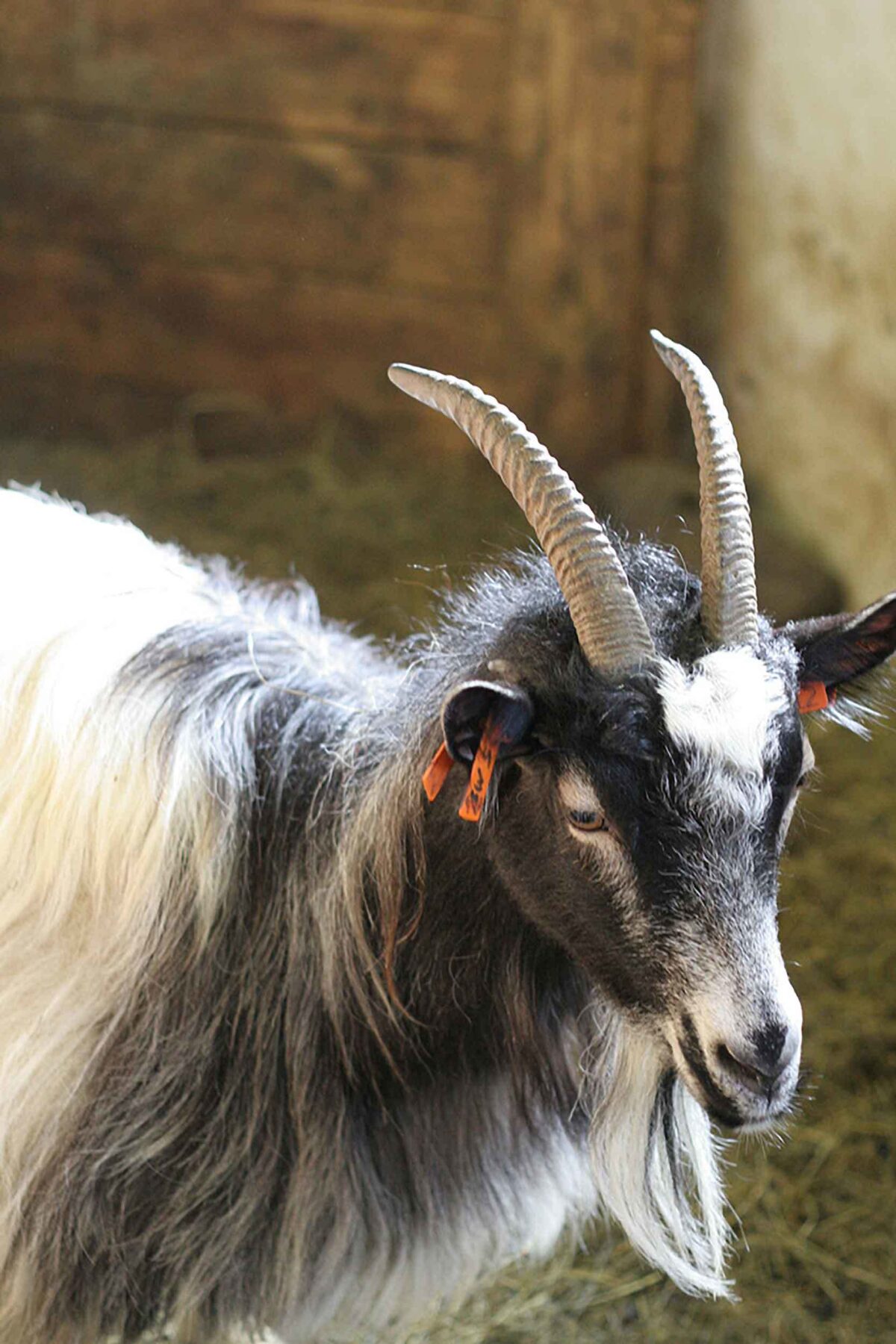
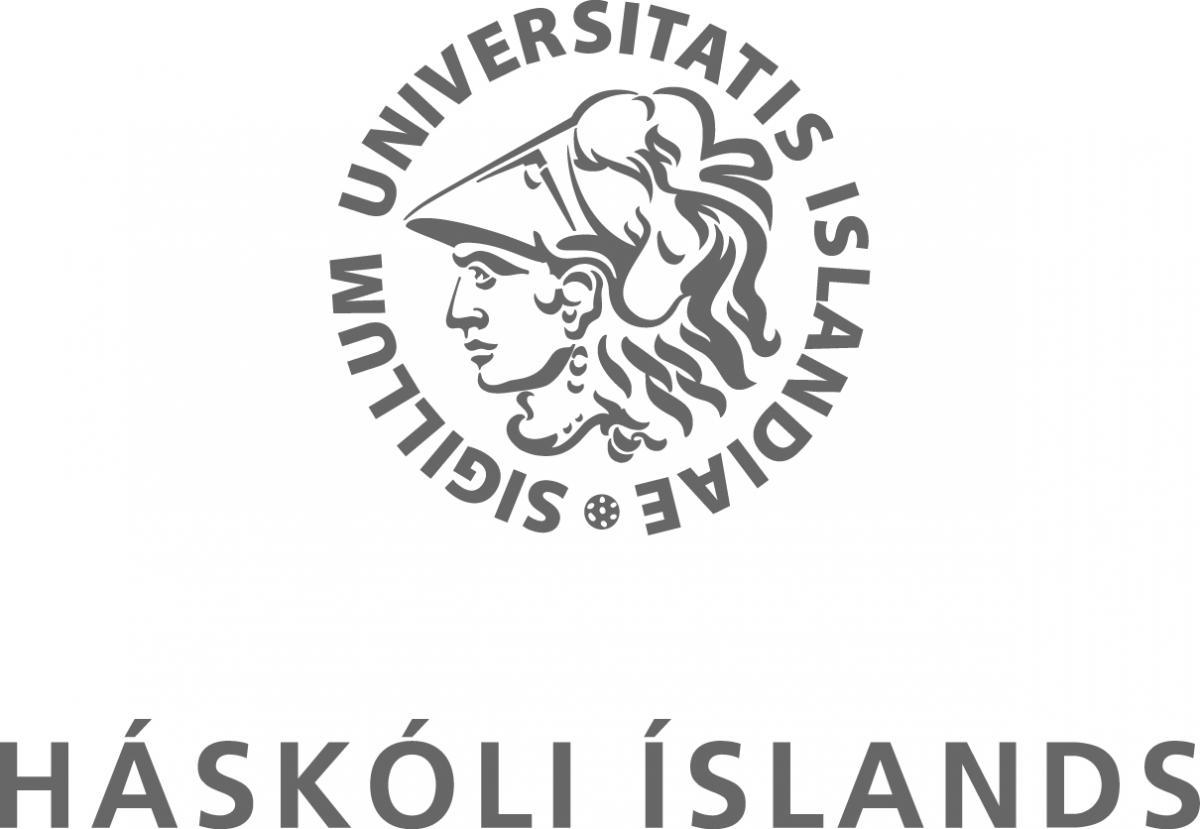



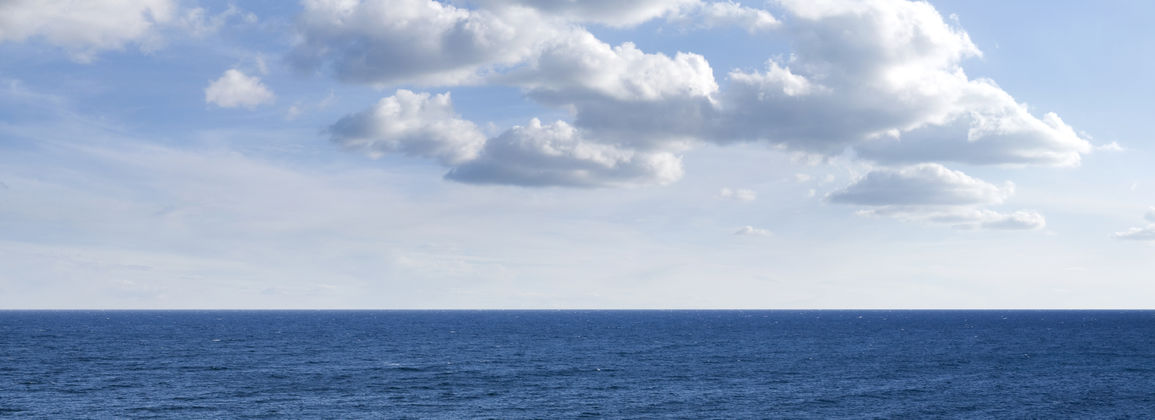
 Utilization of catch for export and value creation
Utilization of catch for export and value creation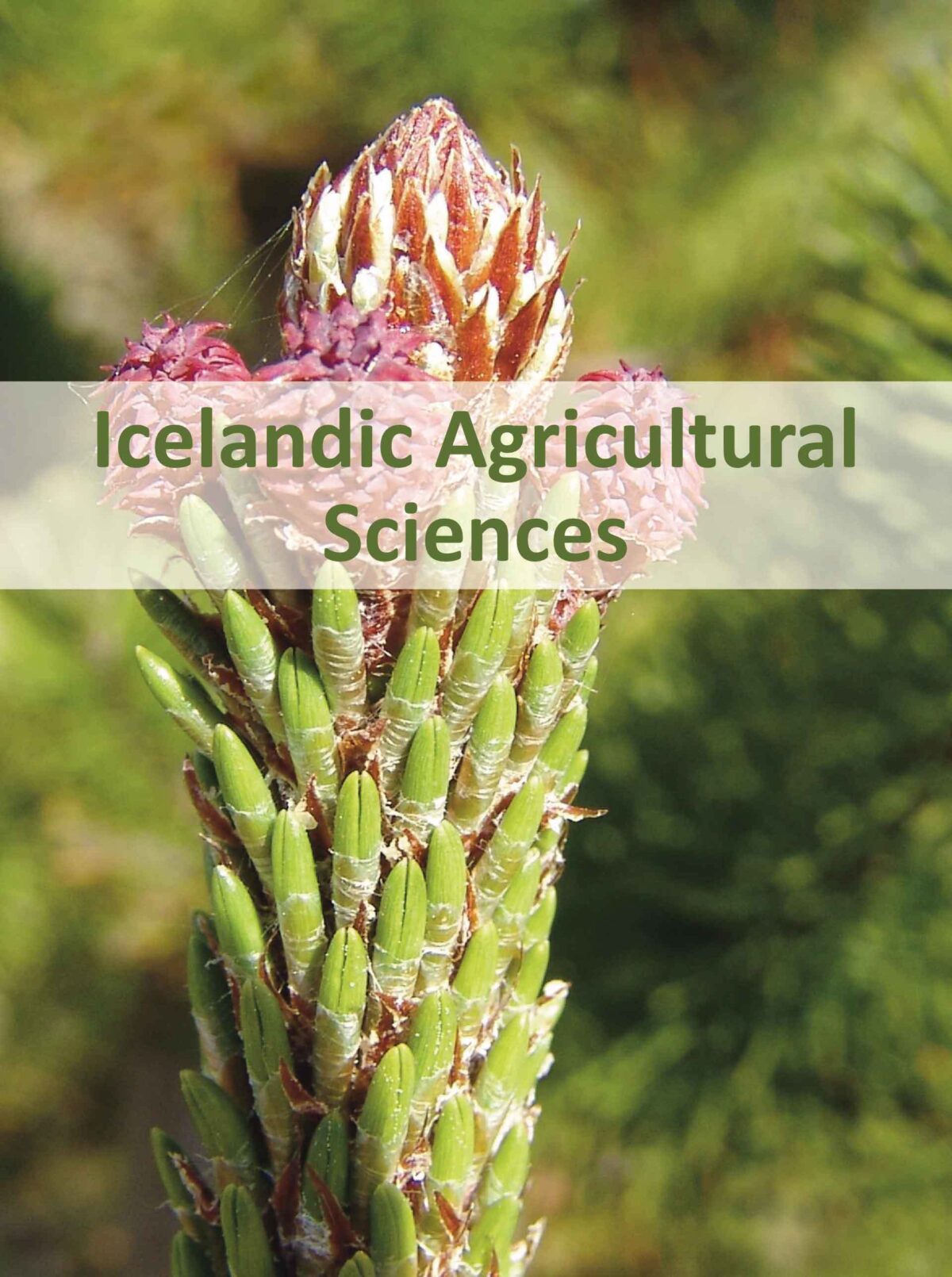
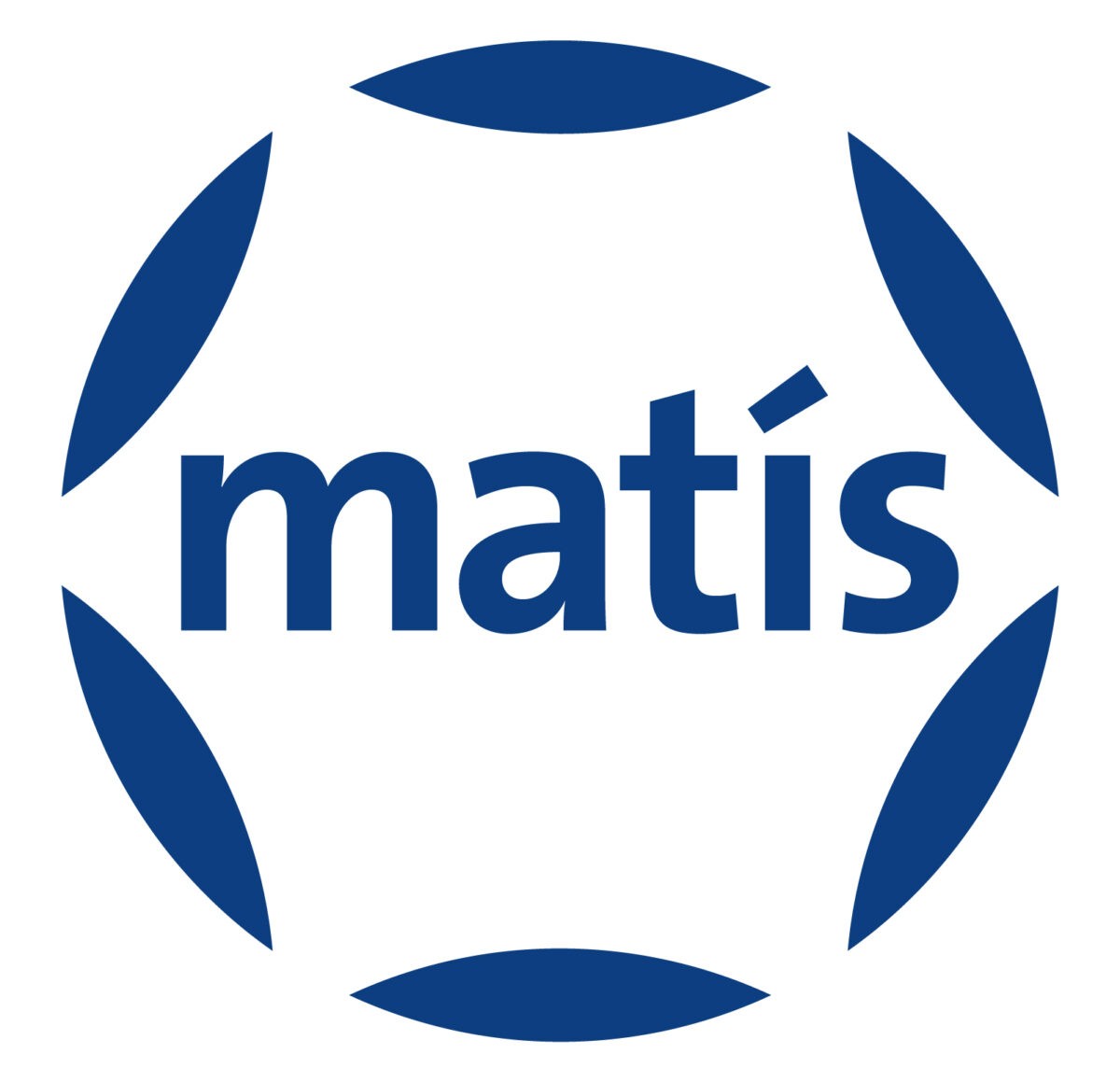
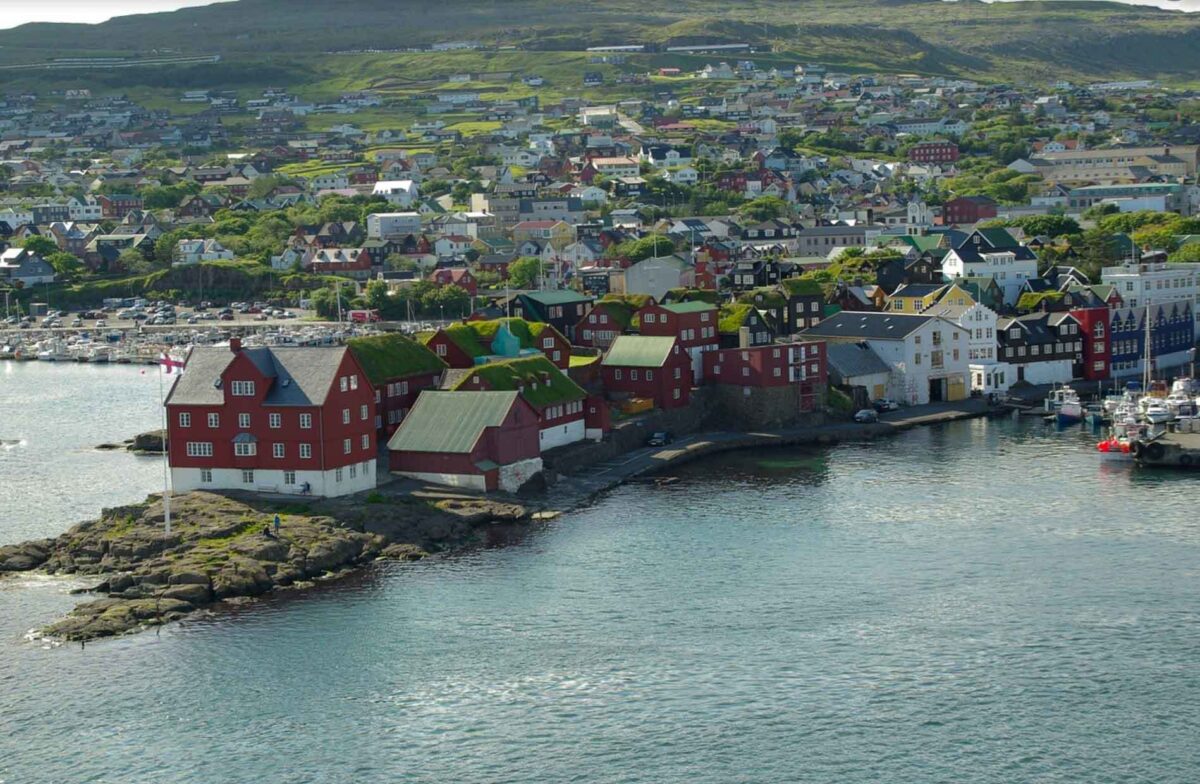
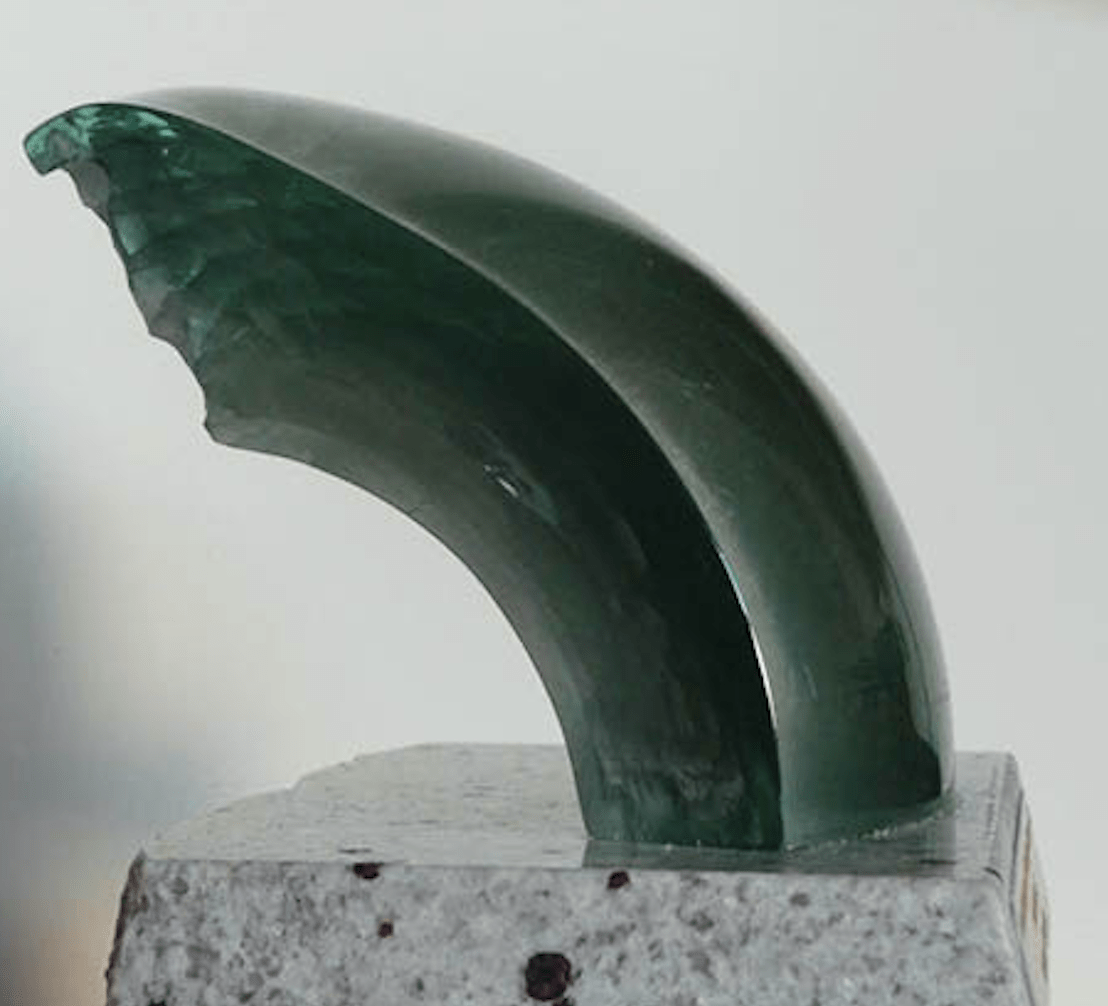
 Svifaldan 2016 Albert Högnason, 3X, Gunnar Þórðarson, Matís | Svifaldan 2016 | Copyright Gusti.
Svifaldan 2016 Albert Högnason, 3X, Gunnar Þórðarson, Matís | Svifaldan 2016 | Copyright Gusti.

